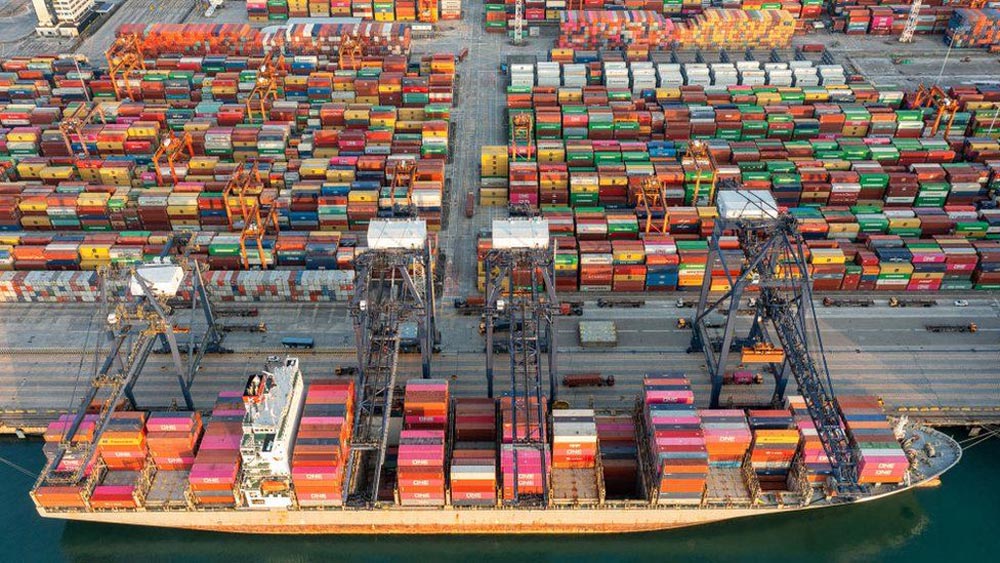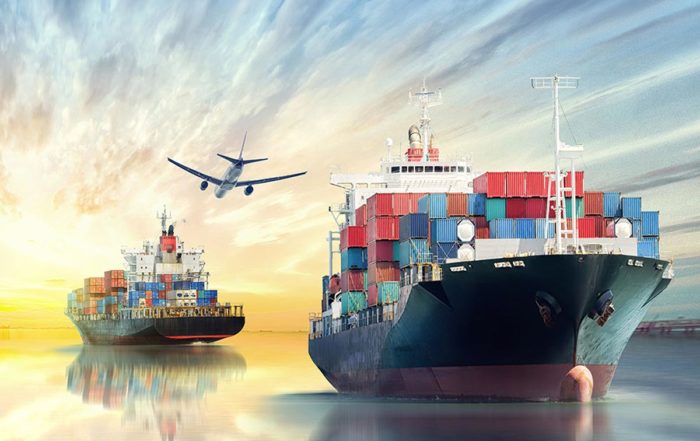For months now we have been experiencing one of the biggest shipping crises in history. This is due to several factors that together have created a perfect storm in world trade, resulting in product shortages and price increases.
In this article we explain what the container crisis is and what its effects are.
What is the container crisis?
One of the main factors that has led to this crisis is the lack of containers, which means that there is little space available to transport products. Some exporters are waiting for weeks for available containers to transport their cargo, which has caused freight rates to skyrocket.
It is true that there are large quantities of containers, but where are they? The answer is that this freight is not where it should be, as some ships were carrying thousands of containers arriving at different ports around the world and due to the pandemic could not leave loaded with new products to return. Many of them are piled up in various ports in Europe and America.
Another factor is the disruptions that slow down the flow of maritime traffic. This standstill is due to the typhoons that have hit China and the temporary closure of a number of ports because of the pandemic to mitigate the spread of the virus. It should not be forgotten that the Asian country has eight of the ten busiest ports in the world, which are operating under various restrictions.
All this has caused the ports to be devastated, because due to the increase in the price of containers, the biggest importers are renting their own ships to ship their goods. Therefore, traffic has increased dramatically with more ships in transit.
According to the British Broadcasting Corporation (BBC), a third factor has also made its presence felt and continues to do so: production. In an attempt to avoid further waves of COVID-19 contagion, many factories are keeping production to a minimum, causing a delay in the delivery of goods.

What is the impact of this crisis?
As mentioned above, freight rates have skyrocketed, which has increased the price of various products. The increase has been drastic, as we have previously commented on our social networks, the price of shipping a container increased during the month of August and continues to rise. It is estimated that before the end of the year the cost will reach 8580 euros. Before the pandemic a container cost 1858 euros.
We can pinpoint the price increase more accurately. If we go back to September 2020, the price of freight from China to the United States went from an average of 3530 euros to 18000 euros. The price of freight from Shanghai to South America rose from 1800 to 6200 euros according to data from the Inter-American Development Bank.
80% of the goods we consume are transported by sea, so we are talking about a substantial amount of the products we use on a daily basis is being affected. At the same time, companies are seeing their suppliers’ prices increase due to the rise in freight and import prices, causing small SMEs to either not survive this crisis or to experience severe economic problems.
With ports and the transport logistics chain jammed, goods take longer to reach their destination, forcing companies to pay more for transporting their products, and consumers end up paying more for them as well.
However, one sector is benefiting, and that is the shipping companies. As there is excess demand from consumers and a lack of supply to move goods, shipping prices have skyrocketed. Shipping lines have turned out to be the big winners of the crisis.
When will the container crisis end?
There is no clear answer to this question. Some consider it to be a one-off issue that will be resolved over time, but some those see this crisis as a turning point that may even change the logistics model.
In view of this overwhelming situation, many companies have opted for air freight to continue distributing their goods. This fact explains why the demand for air freight, a more costly alternative, has started to rise, but in a challenging context such as the current one, it has gained space.
At the moment, projections indicate that the supply chain crisis will continue next year, not only because there are bottlenecks in the ports, but also because there is a lack of manpower in other key parts of the process, such as truck drivers to take the goods from the port terminals to the distribution centres.
Logimarex International is confident that this situation will improve as soon as possible in order to be able to offer the best possible service to both our customers and our suppliers.

Maritime traffic, its functions and dependability
Maritime transport moves cargo equivalent to more than 90% of world trade, according to the International Maritime Organisation
Angola, a destination for growth
It is a country with which Spain has maintained uninterrupted trade relations since it declared its independence in 1977
The container crisis and its effects
Several factors are influencing the container crisis, causing product shortages and price increases.







